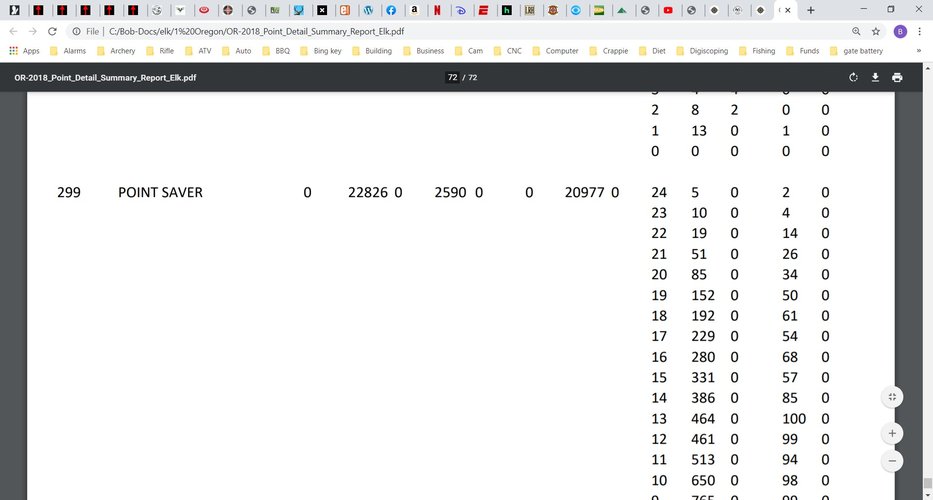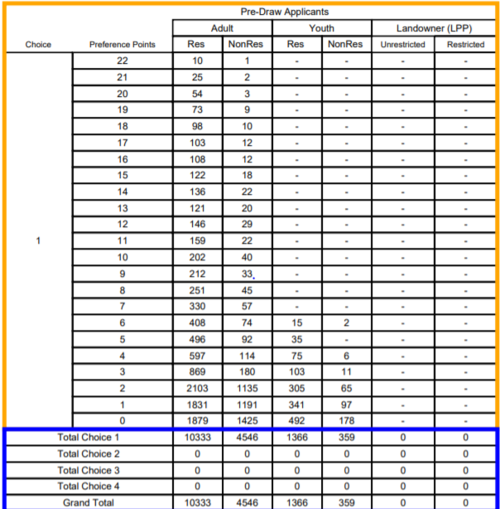Bigjay73
Well-known member
Fortunately there are plenty of ways to hunt multiple species every year without accruing points. I've had just as good hunts with 0 or 1 point as I have with higher point hunts. Every tag, every unit, every state has potential. Other than colorado moose, I will never play the point game.






